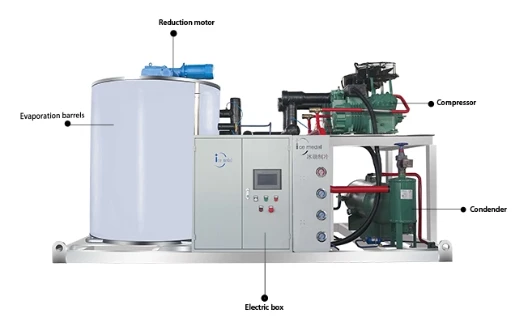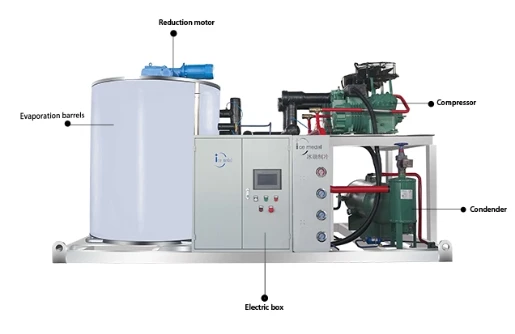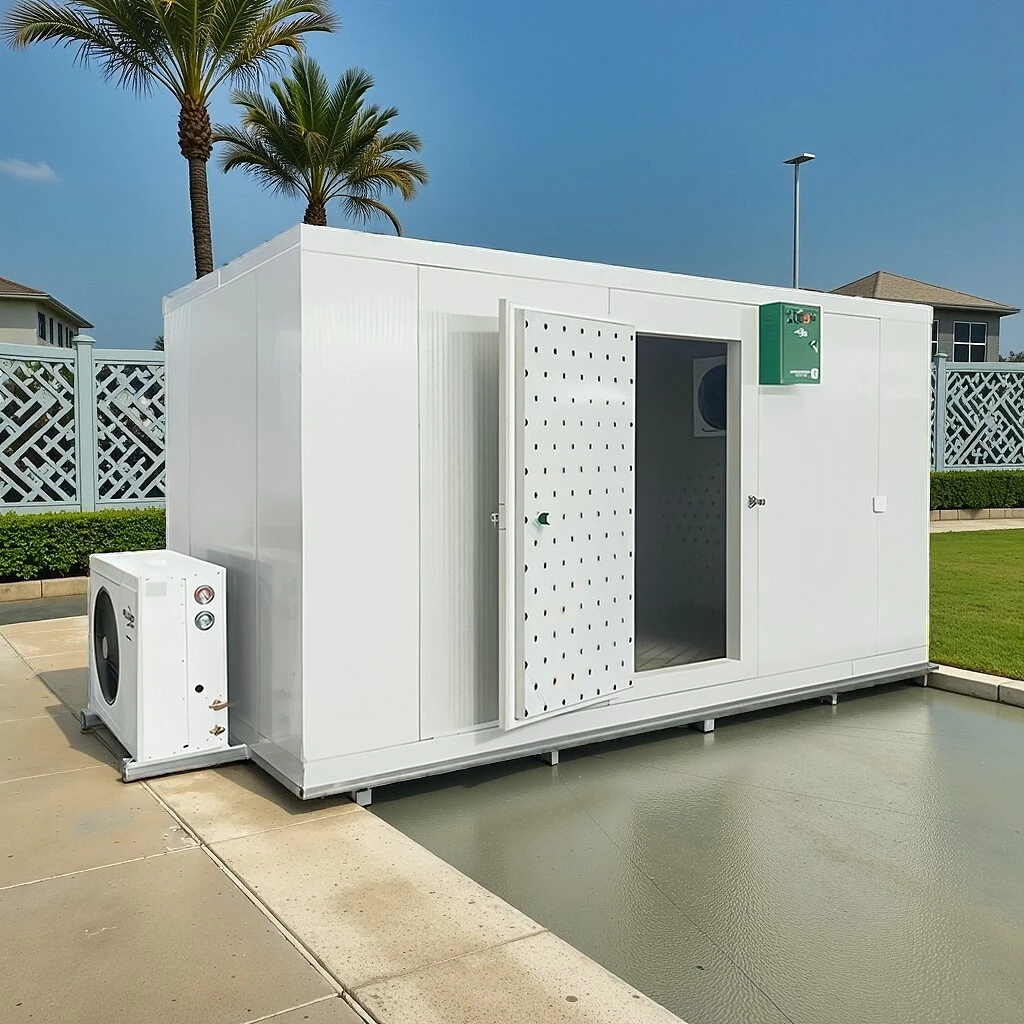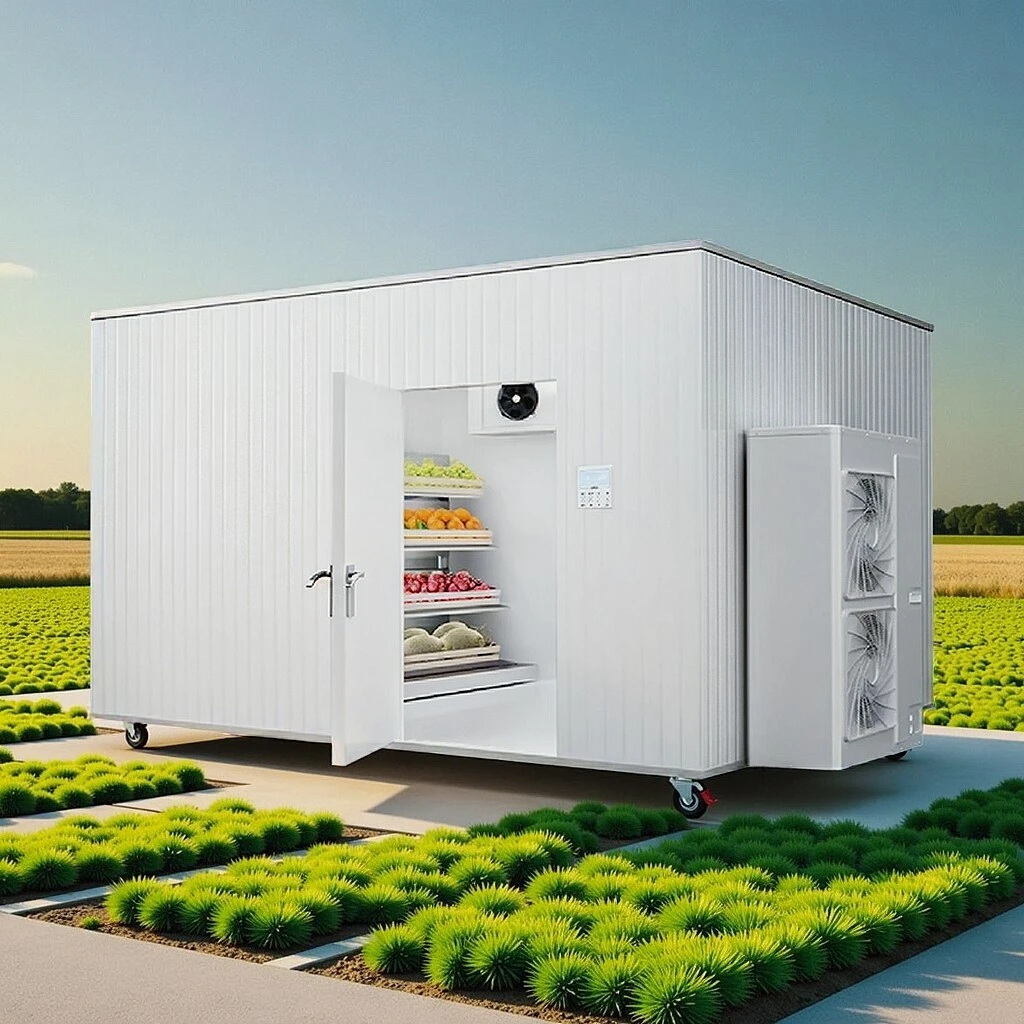Efficient Water-Cooled Chiller Systems for Industrial and Commercial Applications
Understanding Water-Cooled Chiller Systems
Water-cooled chiller systems play a crucial role in modern HVAC (Heating, Ventilation, and Air Conditioning) applications, especially in large commercial and industrial facilities. These systems utilize water as a heat exchange medium to dissipate heat generated by the refrigeration cycle, thereby providing efficient cooling for a variety of applications.
How Water-Cooled Chillers Work
At the core of a water-cooled chiller is the refrigeration cycle, which consists of four main components the evaporator, compressor, condenser, and expansion valve. The process begins in the evaporator, where water circulates through a coil and absorbs heat from the indoor air, causing the refrigerant inside the coil to evaporate and turn into vapor. This vapor is then drawn into the compressor, where it is compressed, raising its temperature and pressure.
The hot, high-pressure vapor then travels to the condenser, which is cooled by water from an external cooling tower. As the refrigerant releases heat to the water, it condenses back into a liquid state and returns to the expansion valve. The pressure of the refrigerant is reduced here, allowing it to flow back to the evaporator and continue the cycle.
Advantages of Water-Cooled Chillers
water cooled chiller system

Water-cooled chiller systems offer several advantages over air-cooled systems. Firstly, they are generally more efficient, especially in larger installations. Water has a higher heat capacity and conductivity than air, allowing for greater heat exchange efficiency. Additionally, since water is circulated from a cooling tower, water-cooled chillers can operate at lower temperatures, further enhancing their efficiency.
Secondly, water-cooled chillers tend to have a longer lifespan and require less maintenance compared to air-cooled systems. The absence of outdoor condenser coils that are exposed to the elements reduces wear and tear, which can lead to less frequent repairs and replacements.
Considerations and Applications
While water-cooled chillers are highly efficient, they are not suitable for all applications. The initial installation cost can be higher than that of air-cooled systems due to the need for cooling towers and additional piping. It is essential to consider the specific needs of a facility, including its cooling load, space availability, and budget constraints.
Water-cooled chillers are widely used in large buildings, such as hotels, hospitals, manufacturing plants, and data centers. They are especially useful in facilities where cooling is needed continuously, as they provide reliable and stable temperature control.
In conclusion, water-cooled chiller systems are a vital component of modern HVAC technology. Their efficiency, durability, and effectiveness make them an excellent choice for cooling large spaces, ensuring comfortable and stable indoor environments while optimizing energy consumption. When planning an HVAC system, understanding the benefits and operational principles of water-cooled chillers can lead to informed decisions that best meet the cooling requirements of any facility.






